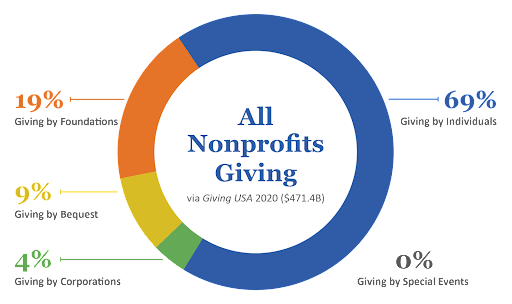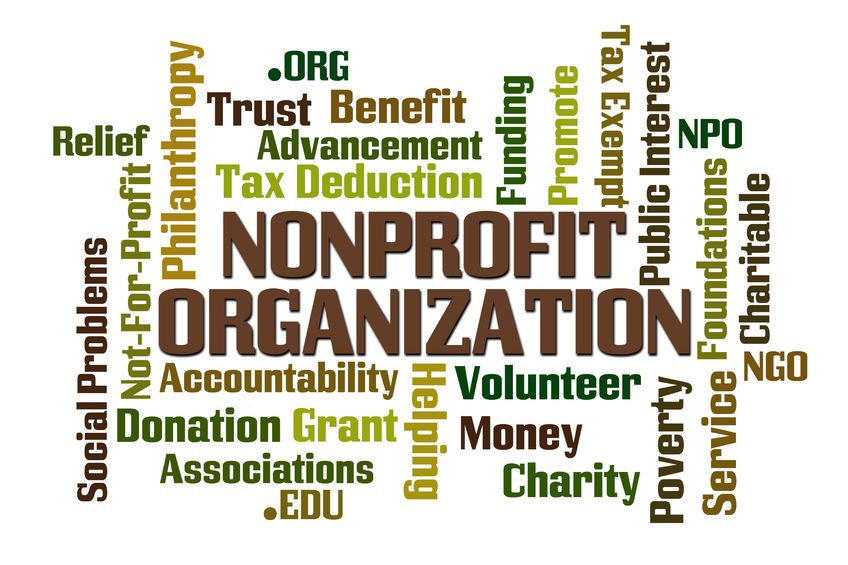Nonprofit Agency: Customized Solutions for Sustainable Development and Impact
Wiki Article
Exploring the Diverse Functions and Responsibilities of a Nonprofit Agency in Dealing With Social Issues and Encouraging Modification
Not-for-profit companies offer as important representatives of modification within society, tackling a myriad of social concerns through complex approaches. Their duties expand beyond simple service stipulation; they engage in advocacy, resource mobilization, and area outreach, commonly acting as a bridge between important solutions and marginalized populaces.Comprehending Nonprofit Firm Functions
The effectiveness of nonprofit firms depends upon a clear understanding of their diverse roles within culture. These organizations work as vital middlemans in between the public, personal, and governmental sectors, attending to various social concerns and promoting for modification. Not-for-profit companies frequently function as company, providing vital programs and sources to underserved populaces. This function is crucial in filling spaces that may exist in civil services, ensuring that prone teams have accessibility to necessary support.Additionally, nonprofits play a crucial function in campaigning for, raising recognition and influencing policy choices that influence their communities. By engaging in research and public education, these organizations aid form public discussion and promote informed decision-making - nonprofit agency. They likewise work as systems for volunteerism, activating community participants to add their time and abilities toward collective goals
In addition, nonprofit firms commonly act as conveners, combining varied stakeholders to cultivate cooperation and cumulative influence. This collaborative method boosts their capability to resolve complicated social problems effectively. Comprehending these diverse functions is vital for maximizing the possibility of not-for-profit companies in producing lasting social adjustment and improving overall area wellness.
Area Interaction and Outreach
Efficient neighborhood involvement and outreach are basic parts of nonprofit agencies' methods to cultivate connections and build depend on within the neighborhoods they offer. These efforts focus on understanding neighborhood requirements, advertising understanding of available sources, and motivating engagement in programs designed to attend to social concerns. Not-for-profit organizations use a variety of approaches to engage with community participants, such as workshops, educational sessions, and joint events.Outreach efforts offer to reinforce partnerships with varied populaces, especially marginalized groups that may face barriers to access. By using culturally relevant interaction methods and leveraging regional partnerships, nonprofits can improve their exposure and demonstrate their dedication to area empowerment. This strategy not only grows a feeling of belonging but additionally increases the likelihood of sustained interaction.
Furthermore, effective area interaction goes past simple participation; it entails actively listening to area participants' responses and including their insights right into program growth. This collaborative procedure makes sure that the solutions used are responsive, pertinent, and customized to the distinct difficulties dealt with by the community. Ultimately, cultivating solid links with involvement and outreach can result in even more impactful treatments and a higher collective effort towards advertising positive social modification.
Campaigning For and Policy Influence
Advocacy functions as a critical system for not-for-profit agencies to influence public policy and drive systemic adjustment. By leveraging their competence and neighborhood understandings, these companies can successfully stand for marginalized populations and address pushing social concerns. Nonprofits participate in campaigning for via numerous techniques, consisting of public understanding campaigns, grassroots click here to find out more mobilization, union structure, and direct lobbying of policymakers.Via these efforts, not-for-profit companies aim to form legislation and policy frameworks that line up with their mission and the needs of the neighborhoods they offer. They carry out research, gather information, and share compelling stories to highlight the urgency of details concerns, ensuring that decision-makers are informed and inspired to act. This process not just magnifies the voices of those impacted by social oppressions but also cultivates a more comprehensive and equitable policymaking setting.
Moreover, advocacy initiatives frequently seek to develop long-term structural modifications, resolving origin instead than simply alleviating symptoms. By prioritizing plan impact, not-for-profit companies add to a wider understanding of social difficulties and promote services that can cause lasting improvements in societal well-being. Ultimately, advocacy is basic to the transformative role nonprofits play in developing a just and fair culture.
Fundraising and Source Monitoring
Nonprofit companies count on durable fundraising and source management methods to support their advocacy efforts and maintain their goals. By utilizing a multi-faceted approach, nonprofits can alleviate the threats associated with dependence on a solitary funding source.Resource management is similarly important, as it entails the calculated allotment of both human and monetary resources to make best use of impact. Nonprofits should develop budget plans that align with their goals while making certain transparency and liability to stakeholders. This includes regular monitoring of expenditures and changing strategies as needed to maximize resource use.

Cooperation and Collaborations
While many companies seek their missions independently, cooperation and collaborations can substantially boost the efficiency of nonprofit agencies. By working together with other nonprofits, federal government entities, and exclusive field organizations, nonprofits can merge resources, share experience, and magnify their effect on social issues. Collective initiatives usually bring about cutting-edge options that might not be attainable separately, leveraging the staminas of each partner to deal with intricate challenges.
Inevitably, effective cooperation needs clear interaction, shared goals, and shared respect among companions. By accepting a cooperative strategy, not-for-profit firms can develop sustainable networks that not only address immediate social problems however additionally add to long-lasting systemic change, fostering a much more equitable society. Through cooperation, nonprofits can prosper and optimize their capacity for meaningful impact.
Verdict
Nonprofit firms offer as critical entities in dealing with social issues and cultivating change within communities. With varied features such as community advocacy, resource, and engagement administration, these organizations properly mobilize sources and assistance for underserved populaces. Their collaborative initiatives with different stakeholders boost the capability to influence public policy and promote architectural changes. Ultimately, the diverse roles of not-for-profit agencies dramatically add to site web the search of social justice and the improvement of area well-being.Understanding these multifaceted duties is essential for making best use of the potential of not-for-profit agencies in creating lasting social modification and boosting total neighborhood health.
Reliable area engagement and outreach are essential parts of not-for-profit companies' strategies to foster links and construct depend on within the communities they serve. By functioning with each other with other nonprofits, federal government entities, and private market organizations, nonprofits can pool sources, share proficiency, and enhance their impact on social issues.Not-for-profit companies serve as essential entities in promoting and attending to social concerns change within areas - nonprofit agency. Ultimately, the complex functions of not-for-profit companies dramatically add to the quest of social justice and the improvement of community well-being
Report this wiki page